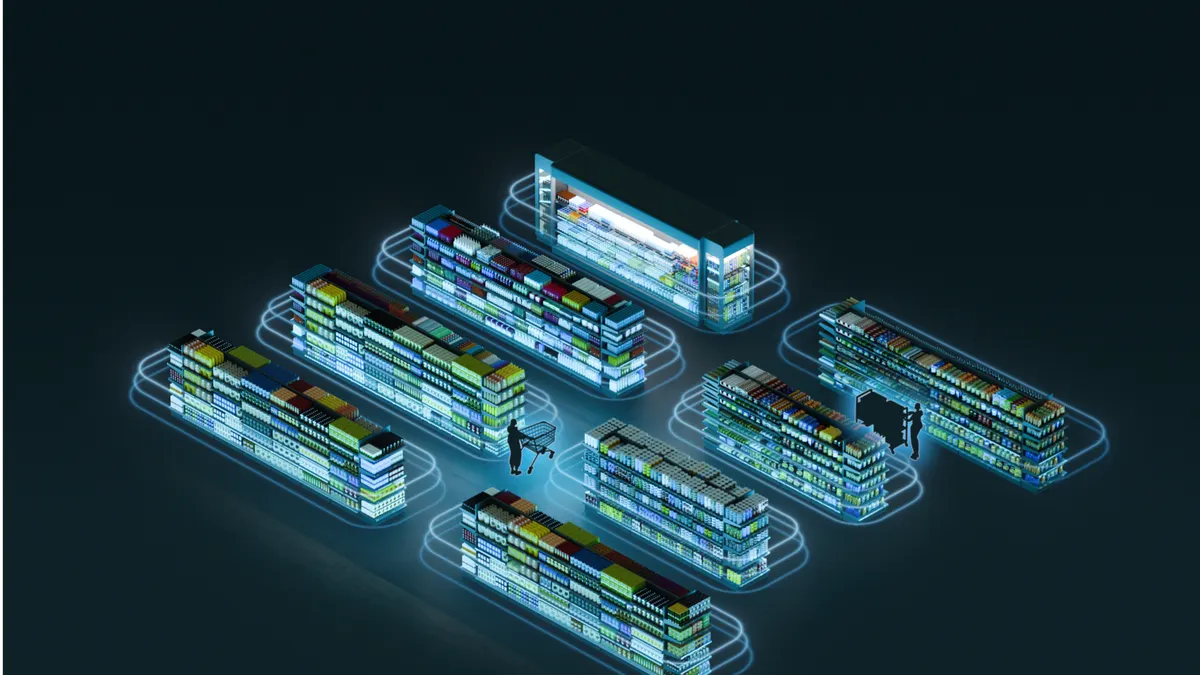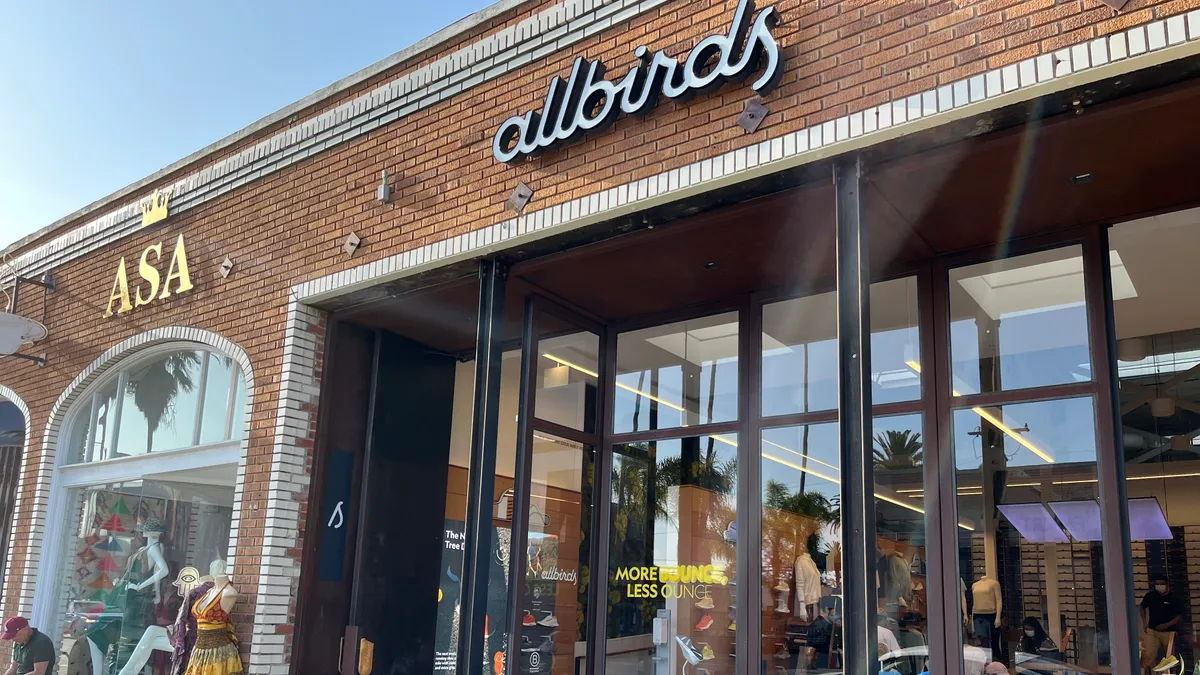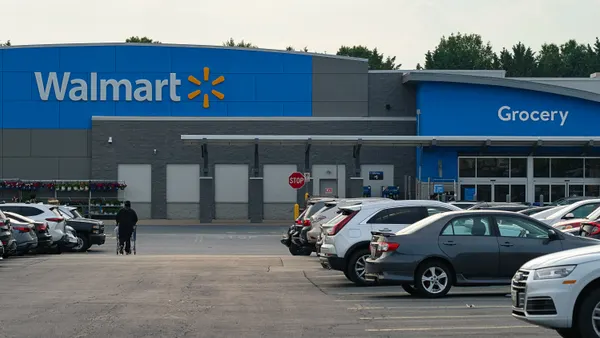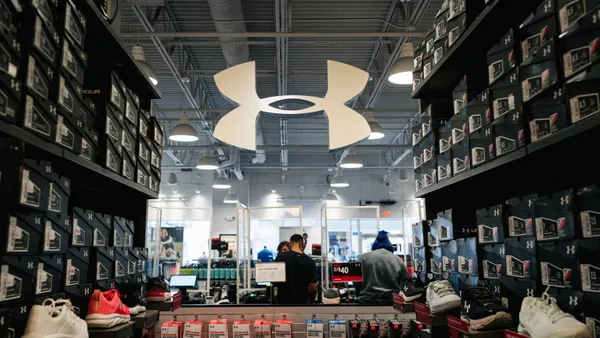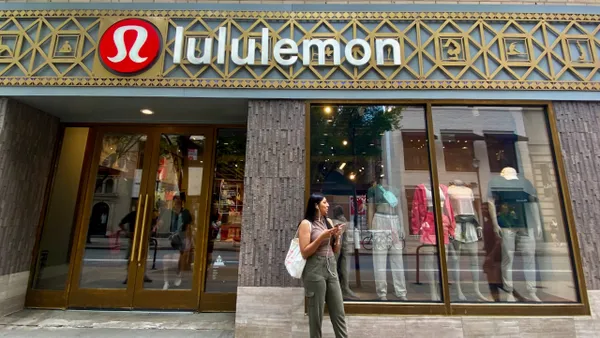From AI to pop-ups, modern retail hinges on digitization at the shelf — here’s how the right foundation makes innovation scalable.
In a retail environment shaped by inflationary pressure, cost constraints, and rising shopper expectations, one truth is emerging: the in-store shelf is no longer just a place to stock product — it’s a gateway to real-time insight, immersive experience, and agile operations.
Retailers pursuing experiential formats, AI-driven personalization, and omnichannel fluidity often encounter a shared obstacle: outdated, analog infrastructure, static shelves, disconnected systems, and siloed data make innovation cumbersome and expensive.
But what if the store itself — down to its individual shelves — became a data-rich platform?
It’s not just a “nice to have” anymore. For leading grocers and general merchandise retailers alike, digitizing store infrastructure is becoming foundational to staying competitive and future-ready.
Experiential retail starts with the smart shelf
In-store retail media, contextual promotions, and real-time customer assistance all depend on in-store data — not just from ecommerce channels, but from the physical shelf.
A recent McKinsey analysis found that digital and analytical merchandising strategies deliver up to a 30% increase in basket size, driven by real-time shelf interventions.
AI is only as smart as the data it sees
Artificial intelligence is reshaping retail decision-making — but only when fed with high-quality, timely data.
A recent NielsenIQ study showed 40% of consumers are willing to use AI to enhance daily shopping decisions, highlighting a growing reliance on AI in-store.
To support that, smart stores are deploying IoT labels, smart cameras, and cloud dashboards, which feed AI systems with granular data on:
- Pricing and promo compliance
- Stock levels and stockouts
- Foot traffic and dwell time
- Associate engagement and shelf conditions
These capabilities provide the closed-loop data infrastructure necessary for predictive analytics and real-time decision-making.
AI without data is a black box. And data without infrastructure is noise.
Personalization and differentiation at scale
Whether it’s a major grocer working to reduce food waste or a premium brand crafting hyper-targeted offers, personalization requires store-level intelligence.
With a full IoT infrastructure, including computer vision and analytics platforms like EdgeSense, retailers gain visibility into:
- Shopper movement and dwell time
- Automated stockout detection
- Heatmaps and planogram compliance
- Alerts for real-time associate tasking
This transforms the shelf into a living, responsive asset. For instance, McKinsey reports that grocers using intelligent forecasting and agile layouts have reduced waste by 20–30%.
The bottom line
Retail innovation is often highlighted through apps, AR overlays, and loyalty ecosystems. But beneath it all lies a simpler, more powerful truth:
The shelf is the platform.
From powering AI and automation to enabling agility at scale, today’s forward-thinking retailers are building foundational infrastructure at the shelf level. Because innovation doesn’t happen in isolation — it requires a connected, data-driven base.
And in 2025, that foundation starts with the shelf.

